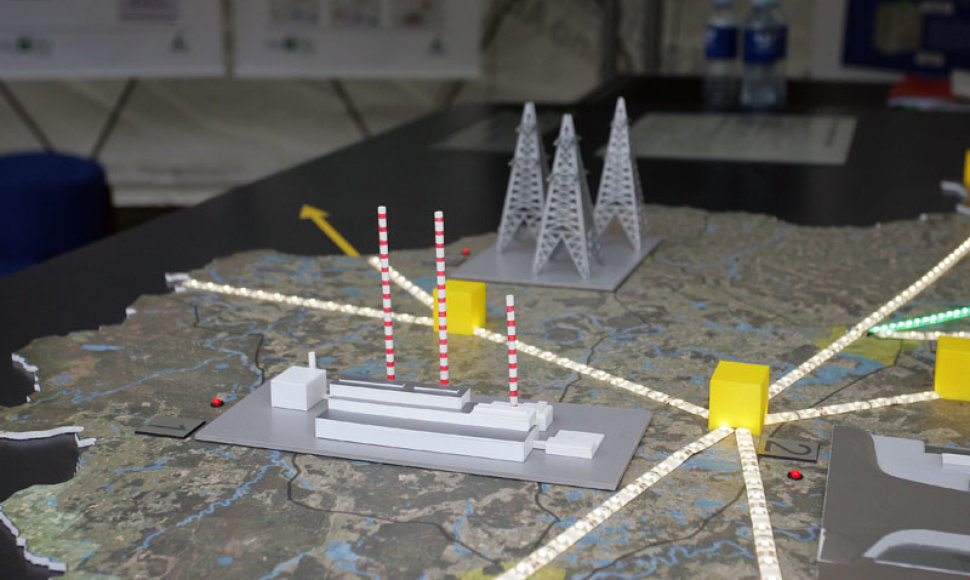"I would say that the answer was given already in 2006 when both Latvia and Estonia confirmed their interest in participation in the Visaginas project. What we have seen is that the progress was not so quick. Several times Lithuania changed the model, the national investor. [We saw it] changing contractors of this plant, calling referendums, losing referendums, and so on," Dombrovskis told BNS in Brussels.
"So now, of course, we need to study something we discussed in the last Baltic Council of Ministers meeting. There is a study, commissioned by Lithuania's government, which raises the question of the economic viability of this project," he said.
Dombrovskis said that an answer will be given after Latvia's energy companies analyze the economic viability of the Visaginas project.
"Primarily, this has to be decided by the energy companies themselves, since they are the ones that are going to participate in this project. So now we are really waiting for feedback from the experts," he said.
In May, the Lithuanian government gave Energy Minister Jaroslav Neverovič until July 1 for discussions with Latvia, Estonia, and Japan's Hitachi on whether the Visaginas project is acceptable to them under the new conditions. If the partners decided to go ahead with the project together, then a final decision on setting up a company for the implementation of the project would be made by October 1.
After a working group appointed by Prime Minister Algirdas Butkevičius has found that the nuclear power project, in its current form, is too expensive for Lithuania and that the price of electricity generated at the new facility may be non-competitive, the authorities say that the project could only be continued if its terms and conditions were improved through talks with Latvian and Estonian energy companies and Hitachi.
Japan's Hitachi was chosen as a strategic investor for the project in the summer of 2011. The previous government's plan called for building a 1,380-megawatt reactor in Visaginas, in the eastern part of the country.












